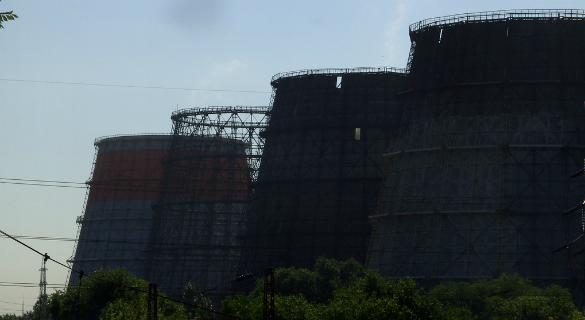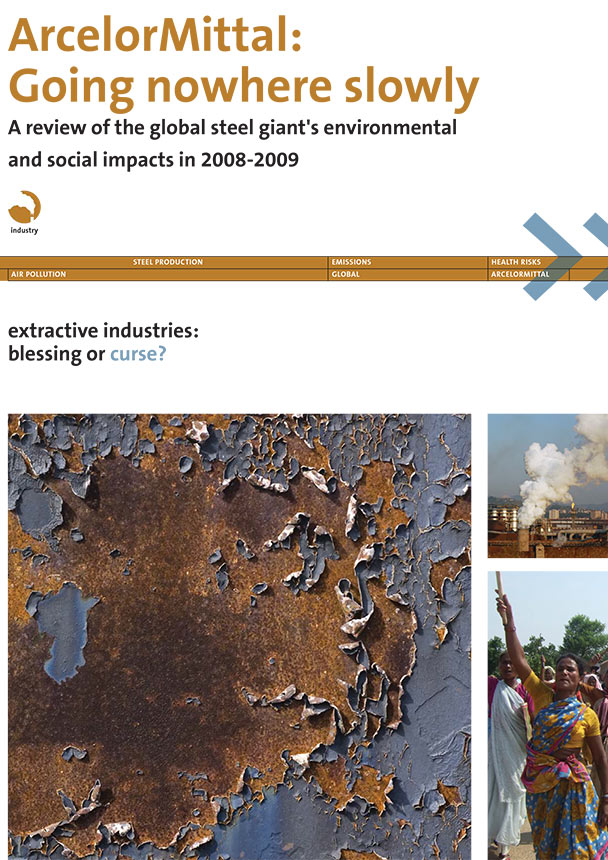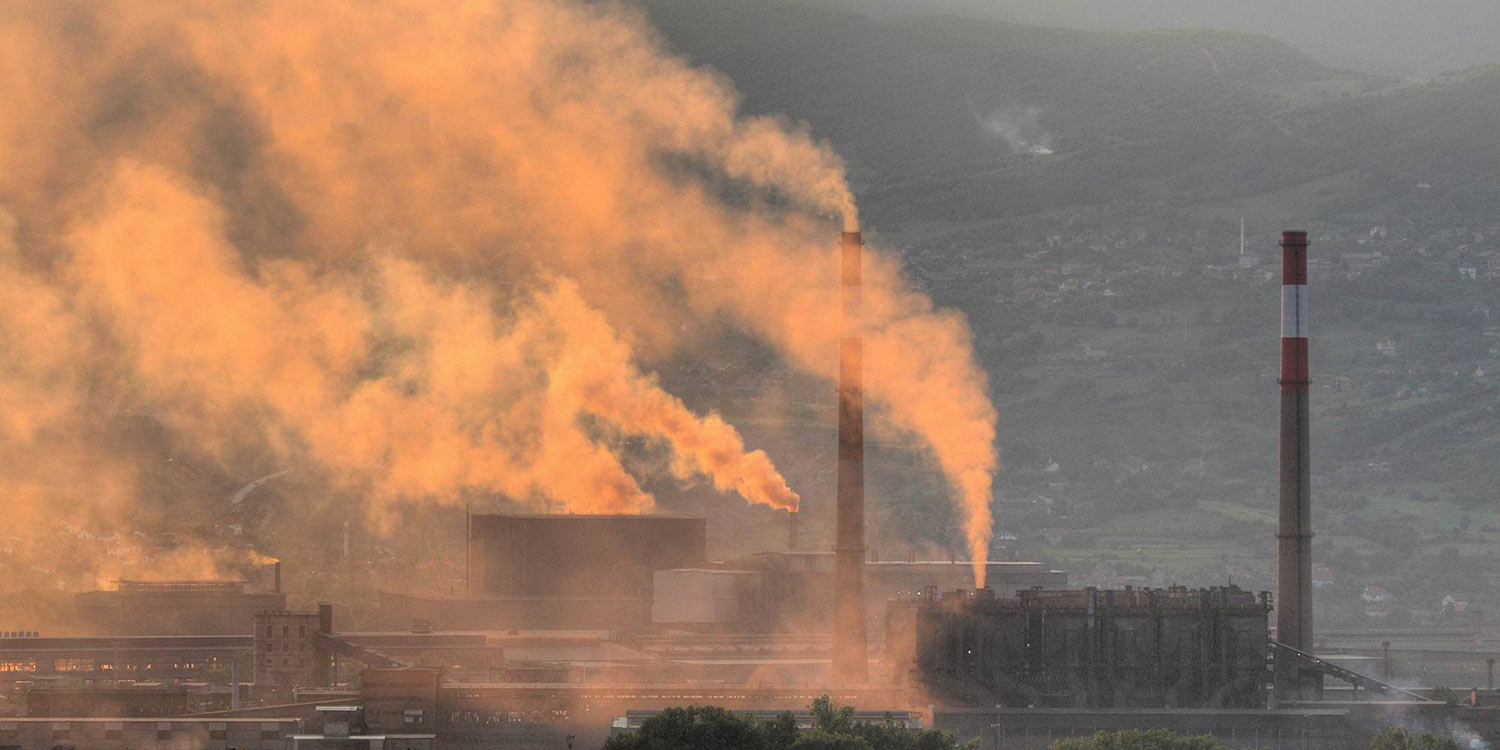«АрселорМиттал Кривой Рог», Украина
В 2006 г. Европейский банк реконструкции и развития (ЕБРР) выдал гигантскому сталелитейному заводу компании «АрселорМиттал», расположенному на юге Украины, кредит, который позволил предприятию повысить уровень производительности и расширить свое положение на рынке, несмотря на практически полное отсутствие мер, призванных снизить объем загрязнений, вызванных работой завода.
This is an archived project. The information here may be out of date.
Learn more about our current projects and sign up for the latest updates.

Stay informed
We closely follow international public finance and bring critical updates from the ground.
Background
The Steel Mill in Kryvyi Rih, a Soviet Legacy
ArcelorMittal Kryvyi Rih is the largest full production-cycle steel mill in Ukraine and one of the largest in Europe – its production capacity is approximately 8 million tons of cast iron annually.
A legacy of the Soviet era, the plant is one of the major polluters in the Dnepropetrovsk region. Massive technical renovations and investments into energy efficiency measures were needed to improve the plant’s economic and environmental performance.
At the same time, the plant is an important employer in the region, although the number of staff has decreased by more than one third – from 57 to 36 000) – following privatisation and restructuring in 2005 onwards.
The city of Kryvyi Rih is considered one of the most unfavourable places to live.
According to the Scientific Hygienic Centre of Ukraine (RU)
Public money for ArcelorMittal but no real public benefits
In 2006 ArcelorMittal received a USD 200 million loan from the EBRD to modernise its steel mill in Kryvyi Rih, with an eye to increase energy efficiency and to considerably improve the environmental conditions in the area (find details from the project documentation below.)
Five years later and after the project has been completed, there is no evidence of improvements in energy efficiency at the plant, as an analysis by Bankwatch (pdf) showed. Although carbon dioxide and other emissions have decreased by 20 percent, this reduction is directly related to lower production levels during the economic crisis of 2008.
The EBRD itself has acknowledged that the loan had very little if any impact to improve the environment at Kryvyi Rih:
The investment with ArcelorMittal Kryviy Rih (AMKR) … has achieved the objectives related to increased capacity utilisation, corporate restructuring and market expansion. Conversely, it fell short of its energy efficiency objectives; and saw an unsatisfactory environmental performance.
(EBRD draft Country Strategy for Ukraine 2011-2014, p.60)
The 20 percent decrease in emissions was a result of lower production levels during the economic downturn of 2008.
Read more in our briefing paper ArcelorMittal Kryvyi Rih – transition without sustainability (pdf)
A collection of shortcomings of ArcelorMittal projects:
In the wake of ArcelorMittal
Study | May 13, 2008
ArcelorMittal: Going nowhere slowly
Study | May 12, 2009
A notorious lack of transparency
As with other ArcelorMittal projects financed by the EBRD (and other international financial institutions), the company avoids making information public about how its projects are performing with respect to the environment.
For many years the EBRD, in spite of its numerous loans to ArcelorMittal, has been unsuccessful in bringing the company in closer contact to the public and non-governmental organisations (NGOs) where it operates. It was an uphill battle that finally was won when the company agreed to reply to inquiries from NGOs and publish regular environmental reports on its website.
However these reports are still far from revealing what are the real improvements of the company’s actions on the environment. Similarly, also the involvement of people and communities affected by the project – as devised in the so-called Stakeholder Engagement Plan – is not visible in reality.
Notes
1. The main purpose of the 200 million USD loan according to the EBRD was “to optimise the use of current production capacity, and increase the productivity and energy efficiency”. The project summary document states that: “The investment programme will significantly improve the current environmental and safety performance of the steel plant and mine operations”, “and shift the product portfolio towards higher value-added products” and underlines that “the planned modernization being undertaken is aimed at improving the environmental situation considerably” (our emphasis).
Source: EBRD website
Latest news
Related publications
АрселорМиттал Кривой Рог – переход без устойчивости
Briefing | 15 May, 2011 | Download PDFВ 2006 году Европейский банк реконструкции и развития (ЕБРР) дал украинскому металлургическому гиганту «АрселорМиттал Кривой Рог» 200 млн. долларов на повышение эффективности производства и значительное улучшение экологических показателей. По прошестви



